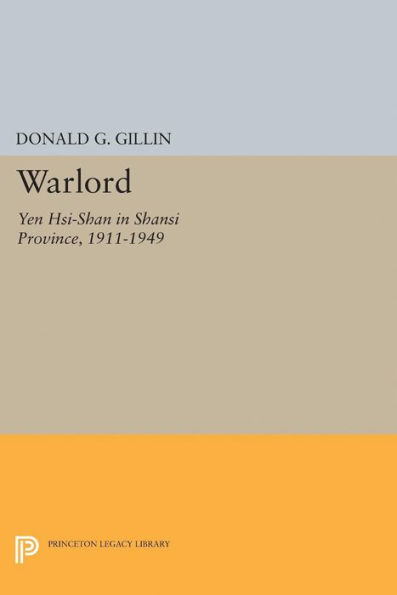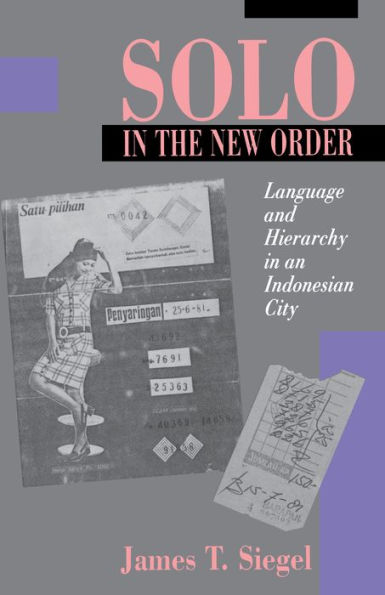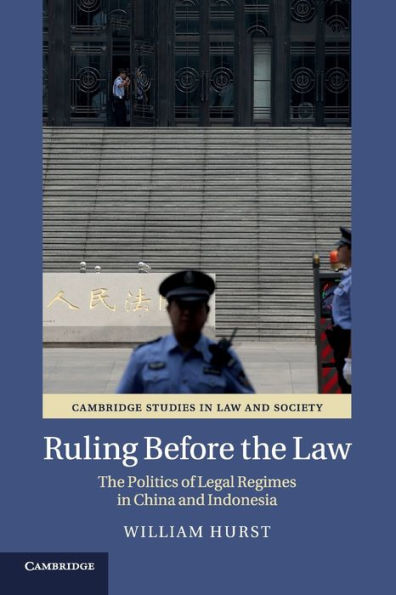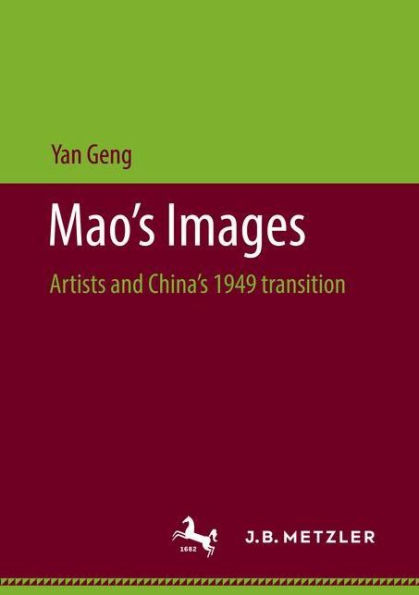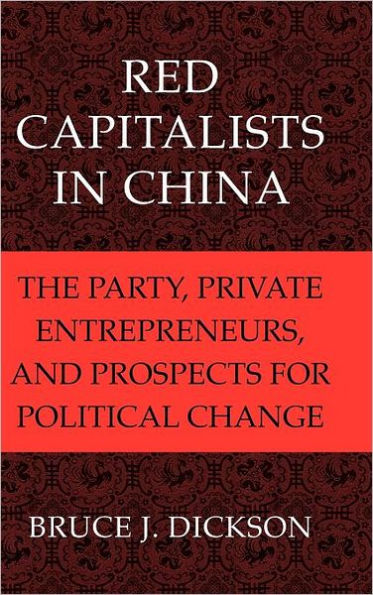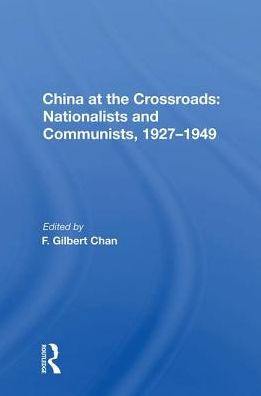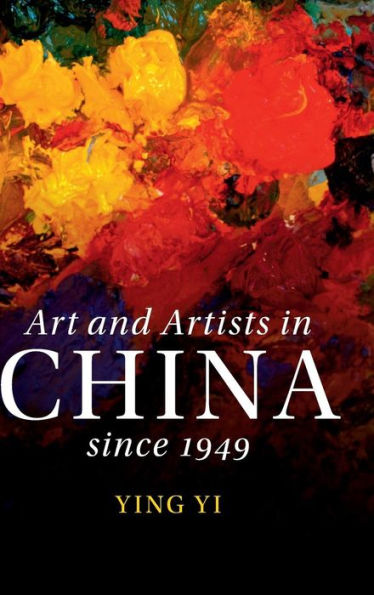Home
Language Ungoverned: Indonesia's Chinese Print Entrepreneurs, 1911-1949
Barnes and Noble
Loading Inventory...
Language Ungoverned: Indonesia's Chinese Print Entrepreneurs, 1911-1949 in Franklin, TN
Current price: $130.00
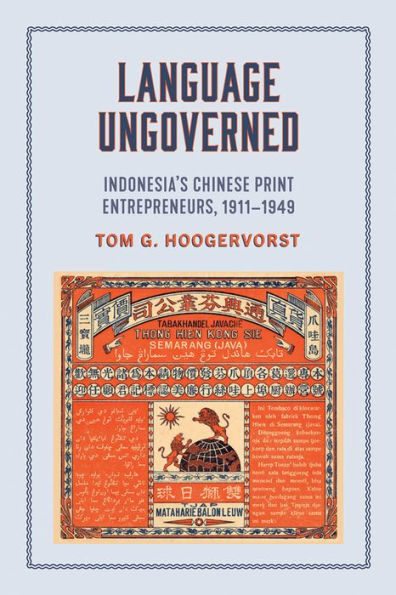
Barnes and Noble
Language Ungoverned: Indonesia's Chinese Print Entrepreneurs, 1911-1949 in Franklin, TN
Current price: $130.00
Loading Inventory...
Size: Hardcover
By exploring a rich array of Malay texts from novels and newspapers to poems and plays, Tom G. Hoogervorst's
Language Ungoverned
examines how the Malay of the Chinese-Indonesian community defied linguistic and political governance under Dutch colonial rule, offering a fresh perspective on the subversive role of language in colonial power relations.
As a liminal colonial population, the ethnic Chinese in Indonesia resorted to the press for their education, legal and medical advice, conflict resolution, and entertainment. Hoogervorst deftly depicts how the linguistic choices made by these print entrepreneurs brought Chinese-inflected Malay to the fore as the language of popular culture and everyday life, subverting the official Malay of the Dutch authorities. Through his readings of Sino-Malay print culture published between the 1910s and 1940s, Hoogervorst highlights the inherent value of this vernacular Malay as a language of the people.
Language Ungoverned
examines how the Malay of the Chinese-Indonesian community defied linguistic and political governance under Dutch colonial rule, offering a fresh perspective on the subversive role of language in colonial power relations.
As a liminal colonial population, the ethnic Chinese in Indonesia resorted to the press for their education, legal and medical advice, conflict resolution, and entertainment. Hoogervorst deftly depicts how the linguistic choices made by these print entrepreneurs brought Chinese-inflected Malay to the fore as the language of popular culture and everyday life, subverting the official Malay of the Dutch authorities. Through his readings of Sino-Malay print culture published between the 1910s and 1940s, Hoogervorst highlights the inherent value of this vernacular Malay as a language of the people.
By exploring a rich array of Malay texts from novels and newspapers to poems and plays, Tom G. Hoogervorst's
Language Ungoverned
examines how the Malay of the Chinese-Indonesian community defied linguistic and political governance under Dutch colonial rule, offering a fresh perspective on the subversive role of language in colonial power relations.
As a liminal colonial population, the ethnic Chinese in Indonesia resorted to the press for their education, legal and medical advice, conflict resolution, and entertainment. Hoogervorst deftly depicts how the linguistic choices made by these print entrepreneurs brought Chinese-inflected Malay to the fore as the language of popular culture and everyday life, subverting the official Malay of the Dutch authorities. Through his readings of Sino-Malay print culture published between the 1910s and 1940s, Hoogervorst highlights the inherent value of this vernacular Malay as a language of the people.
Language Ungoverned
examines how the Malay of the Chinese-Indonesian community defied linguistic and political governance under Dutch colonial rule, offering a fresh perspective on the subversive role of language in colonial power relations.
As a liminal colonial population, the ethnic Chinese in Indonesia resorted to the press for their education, legal and medical advice, conflict resolution, and entertainment. Hoogervorst deftly depicts how the linguistic choices made by these print entrepreneurs brought Chinese-inflected Malay to the fore as the language of popular culture and everyday life, subverting the official Malay of the Dutch authorities. Through his readings of Sino-Malay print culture published between the 1910s and 1940s, Hoogervorst highlights the inherent value of this vernacular Malay as a language of the people.

